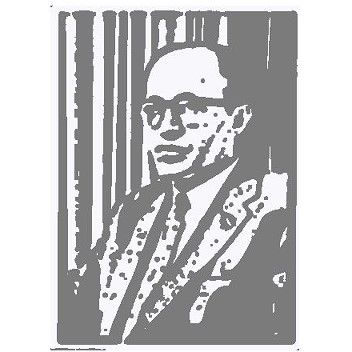Menachem Helholz-Or
(German, 1911-2008)
Menachem Helholz-Or was born in Germany in 1911. Although his training was never formal, he was exposed to the influence of various German Artists of the Expressionist and Bauhaus Movements whilst in his youth, most notably Franz Marc, Heinrich Campendonk, Paul Klee and Auguste Macke. His later work shows the influence of several of these artists especially in his fusing together of Cubism and vivid Expressionist colour.
In 1933, when Hitler came to power, Helholz-Or fled from Germany and settled in Palestine, where from 1937, after initial hardships, he was able to devote himself to his painting. His favoured subjects include figurative scenes, marine life and schematic cities, some of which are based on Jerusalem, Jaffa and also memories of German cities and railway bridges, reminiscent of motifs used by Max Beckmann. He stood out in the nascent Israeli art scene because of his adherence to avant-garde rather than nostalgic forms. Helholz -Or also experimented with the prismatic effects of light, and like many other German artists of the period, his work fluctuated between an Expressionist version of Orphism (under the influence of the Delaunays) and Cubism. His townscapes and still lives owe much to Paul Klee, particularly his creation of "all-over" formal poetic patterning.
In 1977 the artist was awarded a prize from the National Museum of Monaco.

